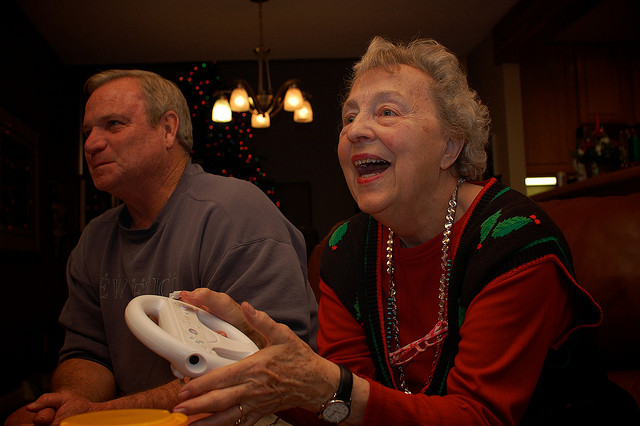Housework Reduces Disability Risk

Doing even light house work helps prevent the development of disability, according to a recent study.
The study, published in the British Medical Journal (BMJ), details how even vacuuming the house or pushing a shopping cart can stave off disability in late adulthood.
According to the study, people who spend more than four hours a day performing light physical actions reduced their risk of developing a debilitating disability by more than 30 percent, compared to people who spent three hours a day or less doing light physical activity.
It has long been known that low-impact aerobic exercise, such as swimming, is exceptionally helpful for aging adults and can help prevent a whole host of debilitating conditions including arthritis and cardiovascular conditions. However, not everyone can perform even moderate physical activity due to pre-existing conditions. Knowing this, researchers set out to determine if even minor physical activity can have a positive impact on elderly health.
Nearly 1,700 adults, aged 45 to 79 -- who were simultaneously participating in a long-term study of osteoarthritis -- were asked to wear an accelerometer around their hip during waking hour for about a week. None of these participants had prior physical disabilities, but were all at risk of developing knee arthritis, according to their physicians.
According to the study, the devices were used to measure duration of daily physical activity, even light activity such as causally walking around the house. After two years, the researchers followed up with the participants, checking who of the group had developed a physical disability.
According to the study's results, those to frequently engaged in light physical activity proved nearly 30 percent less likely to develop a physical activity, compared to less active participants. Even for those who did develop a disability, the researchers also found that light physical activity appeared to slow the progress of the disability.
The study was published in the British Medical Journal on April 28.
© MD News Daily.
